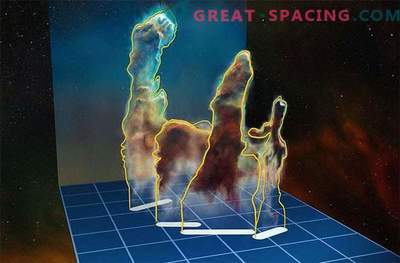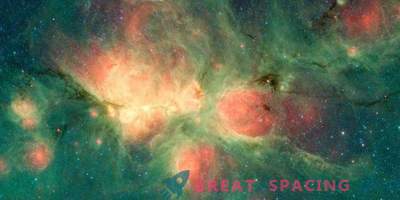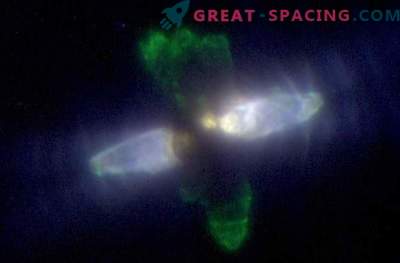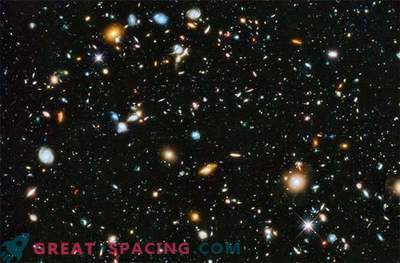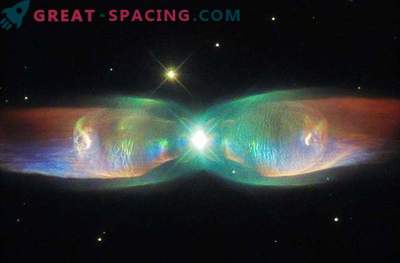Long terms in orbit give the NASA / ESA Hubble Space Telescope researchers a huge advantage: they can observe the sky changing over time. See how some of the most famous Hubble photos evolved, especially after the astronauts installed the latest Wide Field 3 and Advanced Camera cameras during their last visit in 2009.
Before: Twin Jet Nebula (1997)
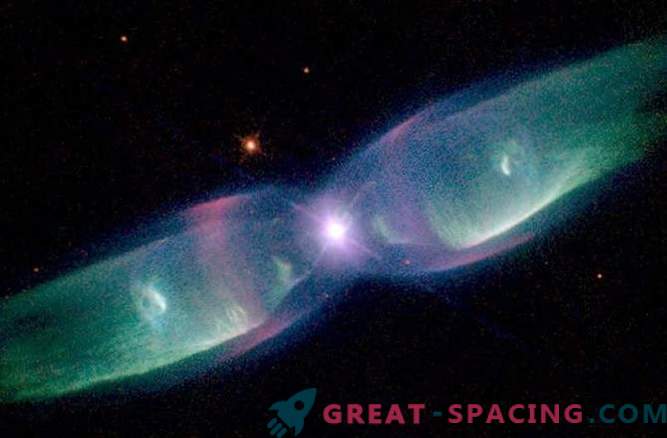
First of all, this is the famous Twin Jet Nebula shown in this Hubble photo taken in 1997. Look at the next image to see the nebula in a new light.
After: Twin Jet Nebula (2015)

Recently, the Hubble Space Telescope was re-directed to the Twin Jet Nebula to see if it could give a better idea of the gas moving in the Twin Jet.
“The new image emphasizes the shell of nebulae and nodes of expanding gas,” writes the European Space Agency. What you see in this image is a dying old star (slightly larger than our Sun), which sheds its outer layers, while a small, weak core shines in the center. This type of nebula is known as “planetary nebula”.
This system also has a satellite in the form of a white dwarf, which went through this process earlier.
Before (1995) and after (2014): Pillars of Creation

Young stars are born in clouds of gas, similar to what we see in this image close up of the Eagle Nebula.
The famous “Pillars of Creation” (photo on the left) were used in many places, including many films, television shows and even on a postage stamp. To celebrate the 25th anniversary of the Hubble telescope, astronomers used infrared wavelength cameras to get a better view of the stars inside these clouds. The new image allows you to understand how warm the young stars destroy the structure.
Before (2001) and after (2014): Monkey Head Nebula
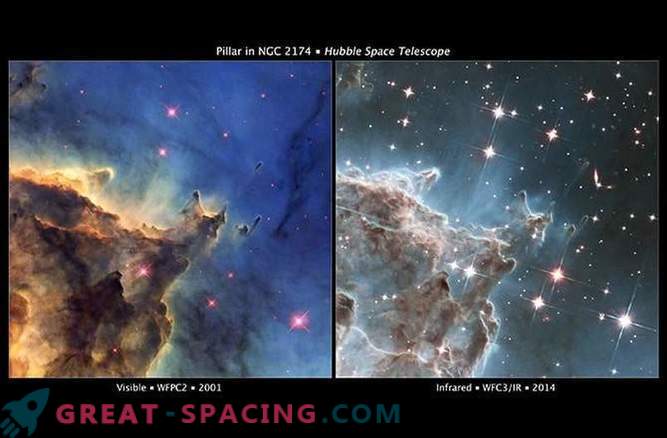
It is full of stars! This image of NGC 2174 (Monkey Head Nebula), made in 2014, shows stars through gas and dust located 6,400 light-years from Earth in the constellation Orion. While visible light is blocked by clouds, Hubble’s infrared camera can see objects deep inside. The new image showed much more detail in the clouds of dust and gas than the photograph of 2001 (left).
Until (2008): Merging Galaxies NGC 624
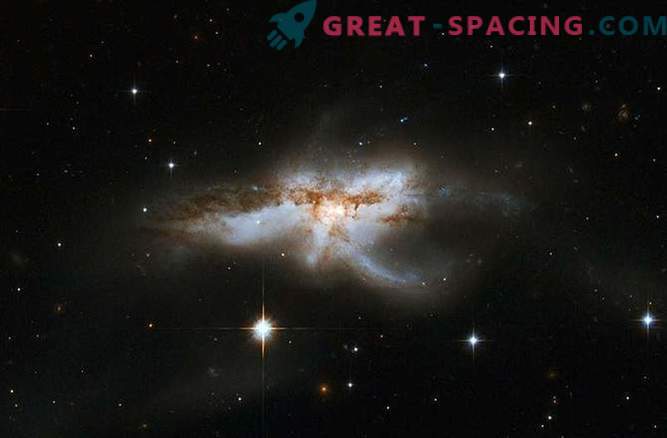
This image captures two merging galaxies that were first seen by Hubble in 2008.
After (2015): NGC 624 merging galaxies
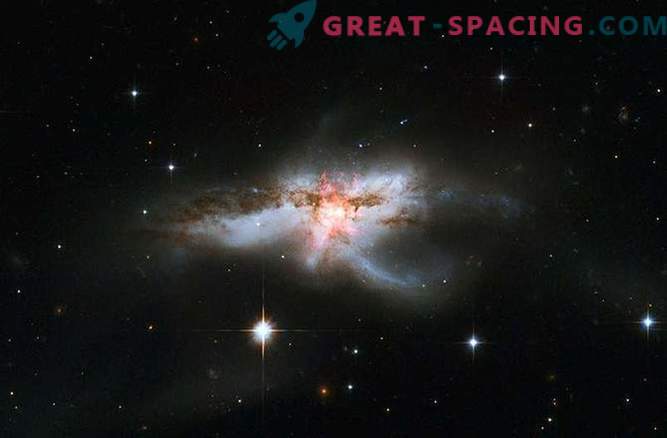
Look carefully - do you see the pink area in the center of these merging galaxies? This new detail is a dramatic event that was only seen with updated cameras. This pair of galaxies, known as NGC 624, is located 400 million light years from Earth. The pink area shows the energy effects of two supermassive black holes, separated from each other at a distance of about 3000 light years from each other (the galaxy itself has a diameter of about 300,000 light years). Black holes will eventually merge and form a much larger black hole.
Before (1996): Maximum deep look
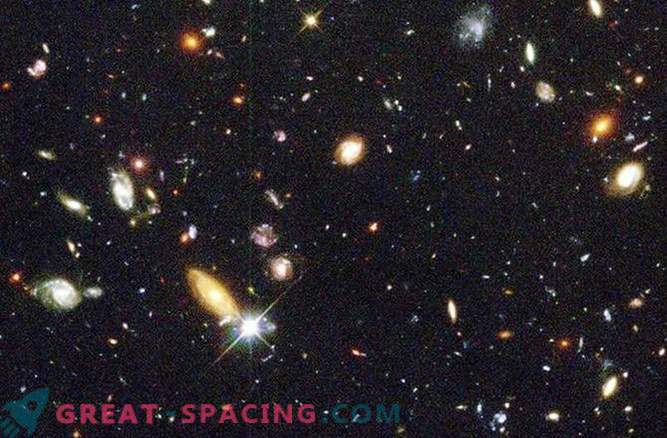
What happens if you take a camera to the Hubble Space Telescope and direct it to a seemingly empty area of the sky? This famous Hubble image, made in 1996, was named “Hubble Deep Field” (The Most Deep Look), consists of more than 275 photos combined into one. It depicts ancient galaxies, so old that some of them were formed one billion years after the Big Bang.
After (2012): Extremely Deep Look
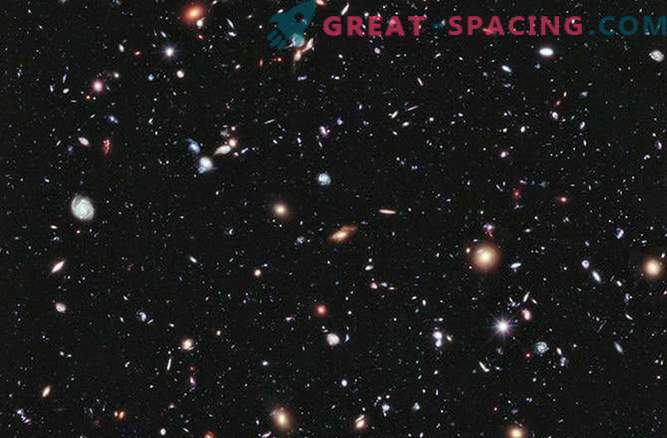
For decades, Hubble found ever more distant parts of the universe. In this image, called “Hubble eXtreme Deep Field” (Extremely deep look of Hubble), you can see the most distant galaxies from us. This image was made up of 2000 images taken at a 50-day exposure.


